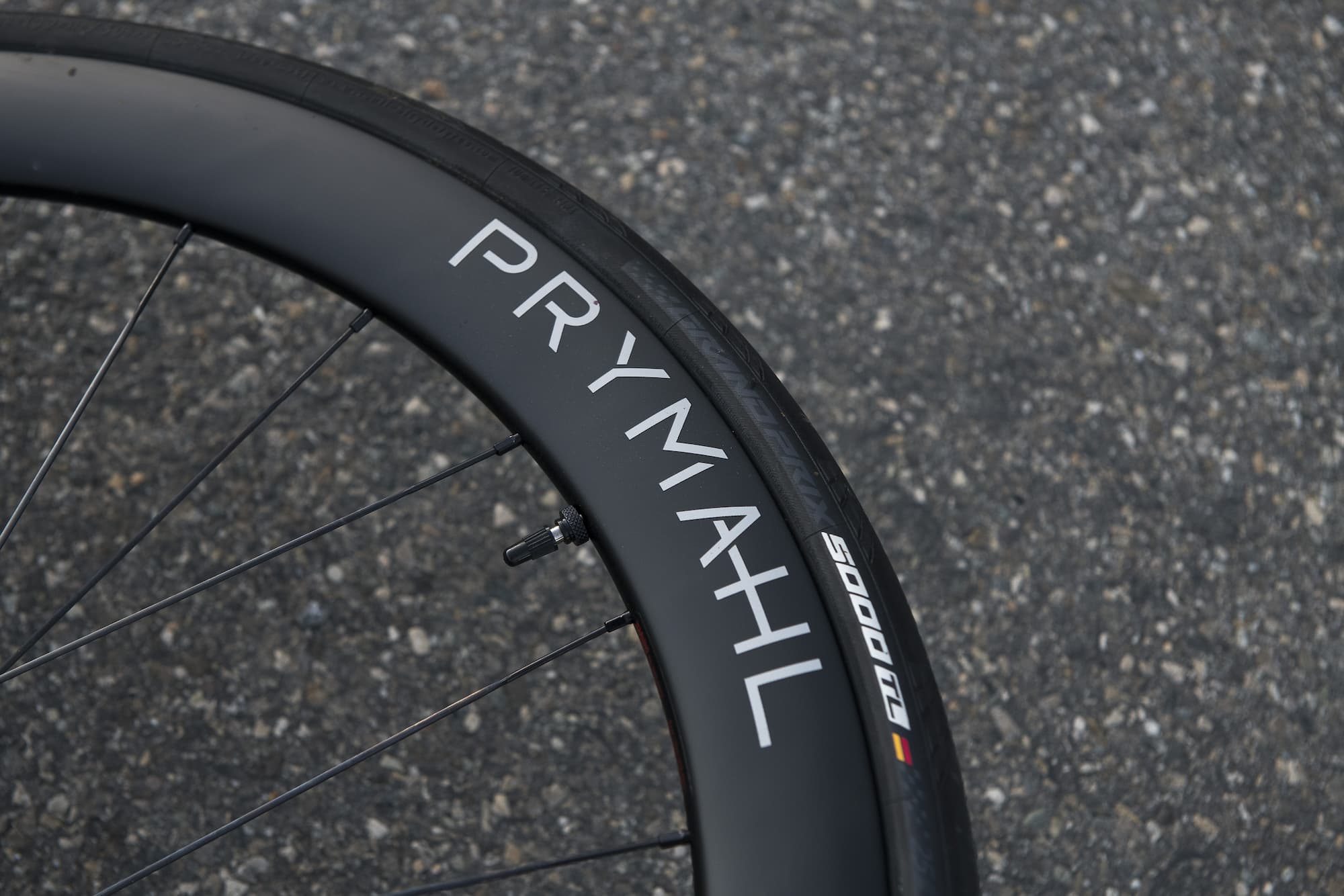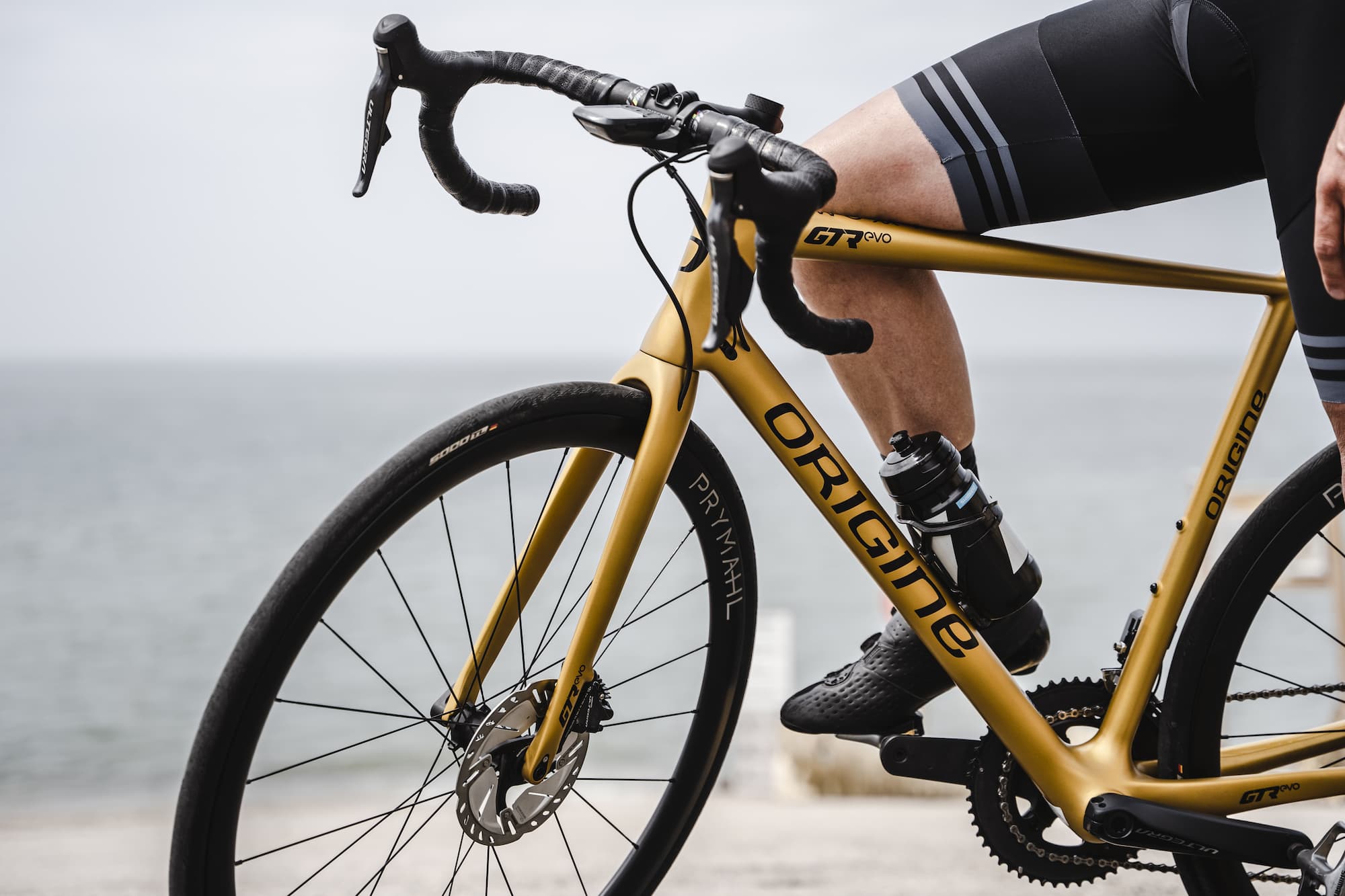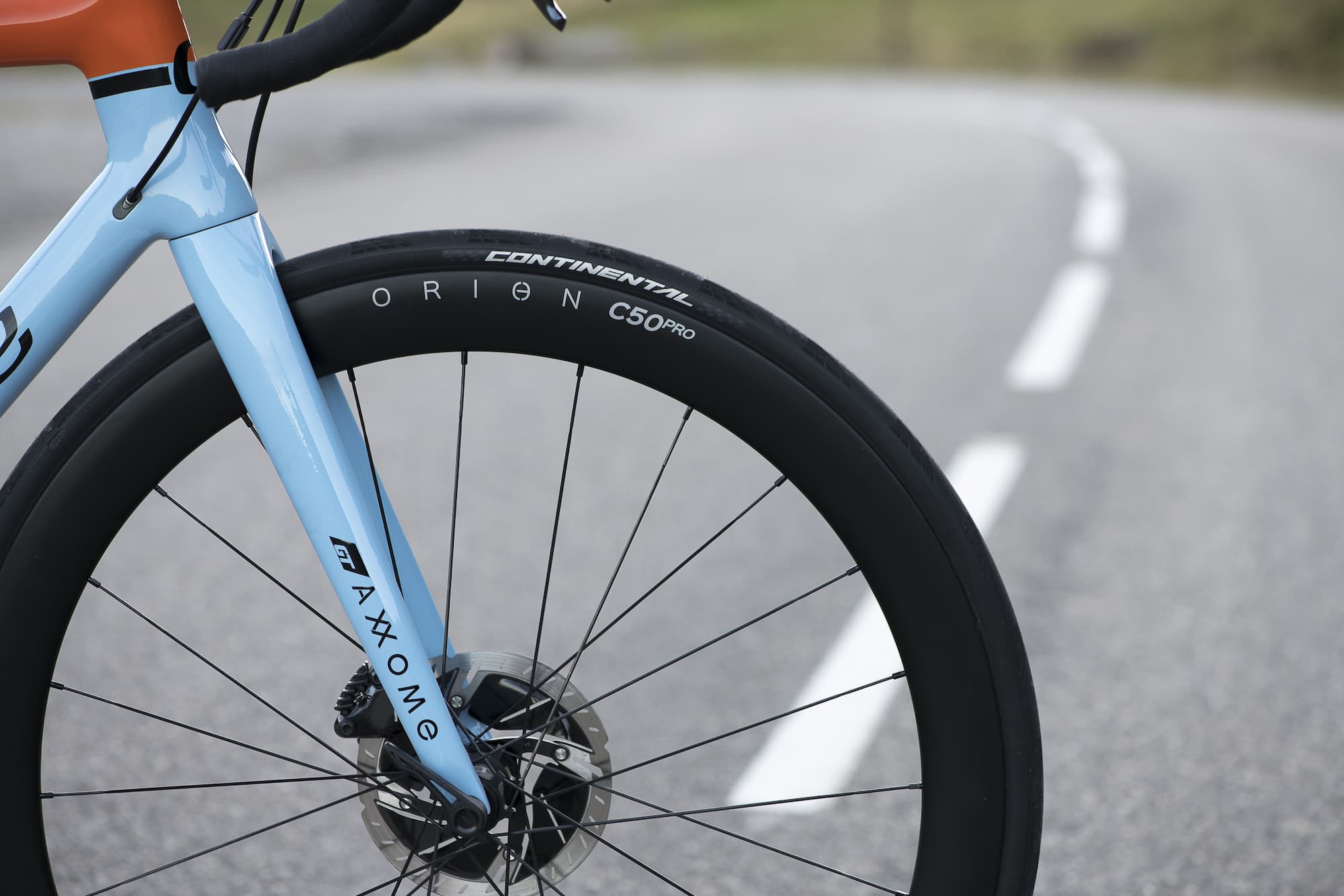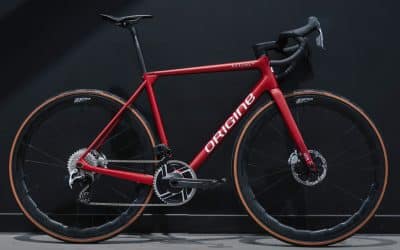What is the best tire width for your road bike? Which width should you choose: 23, 25, 28, or 30 mm? This question is often debated. Here are some clarifications to dispel common misconceptions. We’ll discuss performance, but also comfort and rolling resistance.
L’évolution des largeurs de pneus et la fin du 23mm
Les sections de pneus ont toujours évolué. Il y a quelques dizaines d’années, les pelotons roulaient avec de pneus de 19mm de largeur. Puis, tous les cyclistes sont passés au 23mm. Désormais ce sont les 25mm qui s’imposent dans les pelotons professionnels (en tubeless) et 28mm chez les cyclosportifs. On voit même de plus en plus de sections de 30 voire 32mm en ultra-distance.
Chaque changement a généré des débats. Certains vantent les méritent des anciennes versions avec des pneus plus fins, tandis que les fabricants (Continental, Schwalbe, Michelin, Hutchinson) proposent des sections toujours plus larges. Quels sont les raisons et les avantages de ses pneus larges ? Est-ce que ce gain de confort se fait au détriment de la performance ?

Which tires are the most efficient: 25mm?
For a long time, 23mm tires were considered the best choice for performance. This width was believed to offer the best rolling resistance, meaning the least power loss at the asphalt contact point. It was thought that the thinner the tire, the more reliable the rolling resistance, but recent studies have proven this wrong.
Rolling resistance is similar between 23mm and 25mm tires. The key factor is tire pressure. The contact patch of a 25mm tire is naturally wider but also shorter. Thus, the contact area with the ground is similar when pressures are adjusted accordingly.
It’s worth noting that 28mm tires are not as competitive. They generate slightly higher rolling resistance but offer other advantages beyond pure performance.

Comfort: The Advantage of 28mm Tires?
The primary argument for wider tire widths is the gain in comfort. The larger the air volume formed by the tire, the better it can filter vibrations and absorb shocks. A wider tire has a larger air volume and therefore better absorption of road irregularities. A wide tire is, above all, a comfortable tire.
If you ride in a particularly hilly region, note that a pair of 28mm tires will be between 50g and 100g heavier than their 25mm equivalents. This is a sacrifice on climbs, partially offset by the improved grip quality on descents.
In short, by moving from 23mm to 25mm, or from 25mm to 28mm, you will notice a significant difference in comfort. You will enjoy riding for long hours without feeling as fatigued at the end of your rides.

Tires of 30 and 32mm Width for Ultra-Distance?
Long-distance cyclists know that comfort translates into performance when covering many kilometers. That’s why many ultra-cyclists opt for even wider tires, such as 30mm or even 32mm. Additionally, long bike journeys often traverse various remote roads with uneven surfaces. A wider tire is particularly pleasant when the road vibrates and there are many asphalt joints.
However, it’s important to note that for such wide tires, a compatible bike is necessary. The Axxome GTO designed for endurance and ultra-cycling, can accommodate tires up to 35mm.
Choosing Tires with a Compatible Width
If studies and manufacturer ranges highlight increasingly wider tires, your frame or wheels might not necessarily be adapted to them. It’s essential to check your bike’s compatibility with wider tires. The tire must be able to deform without touching the chainstays, seatstays, or the inside of your bike’s fork. For the wheels, the width of your rim must also be wide enough to accommodate your new tire setup. These elements should be verified according to the technical specifications of the respective manufacturers of your frame and wheels.
At Origine, for example, the Axxome range accepts tires up to 35mm, and the Fraxion can accommodate 30mm tires.

A personal choice
The tips mentioned here are basic elements to help you better understand the differences between these various tires. What is relevant for the majority may not necessarily be suitable for your specific practice and preferences.
The Origine team is composed of experts, cycling enthusiasts, and practitioners in all disciplines (road, gravel, cross-country, bikepacking, ultra-distance, DH, etc.). The articles written by the Origine team aim to inspire, advise, and inform you to support you in your cycling practice.


![[Guide] How to Get Started in Ultra-Cycling ?](https://cyclisthouse.origine-cycles.com/wp-content/uploads/2021/12/BikingMan-x-Origine-Cycles-1_adobespark-400x250.jpeg)
